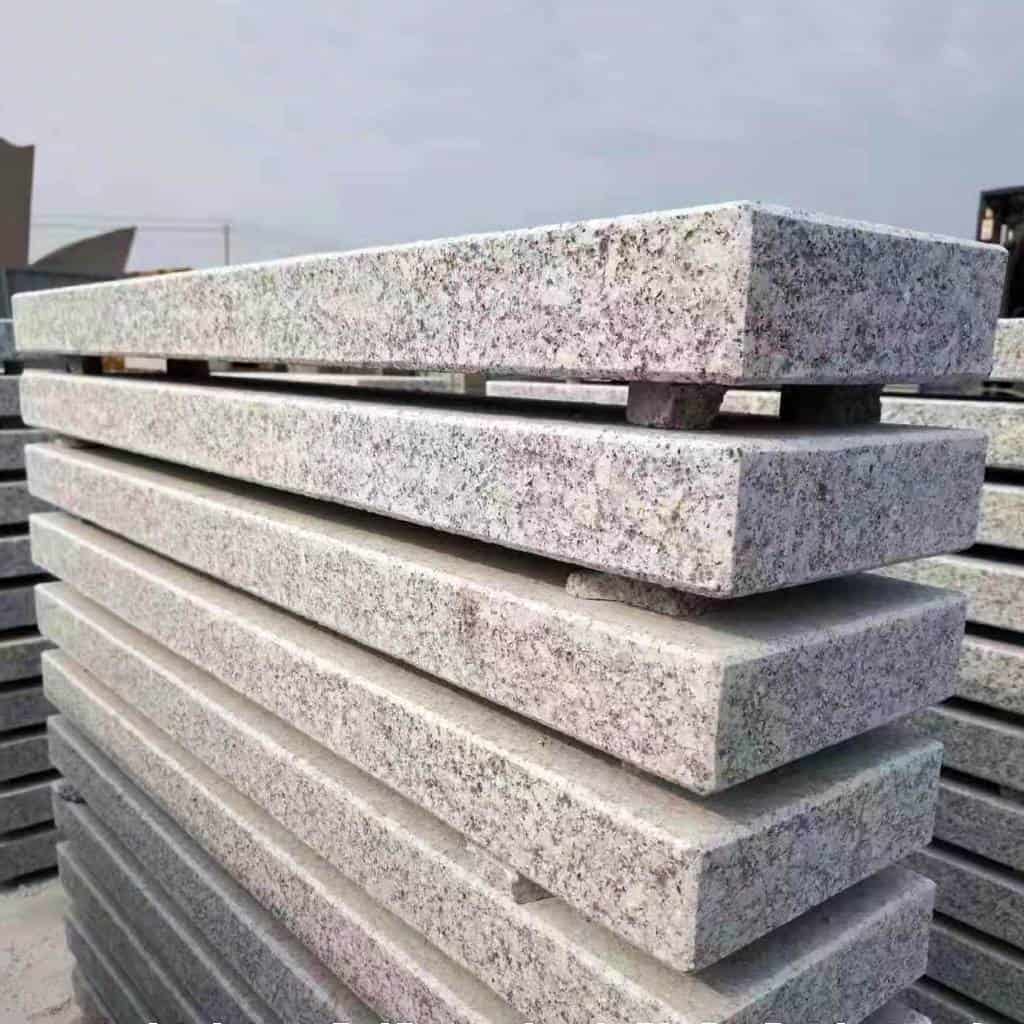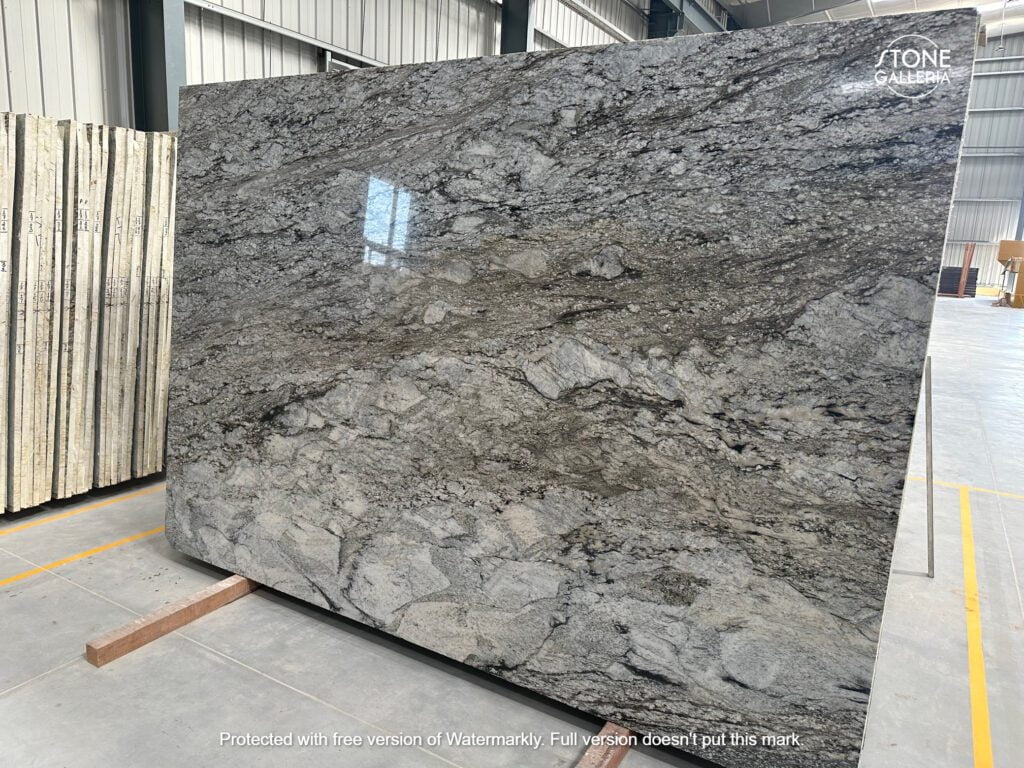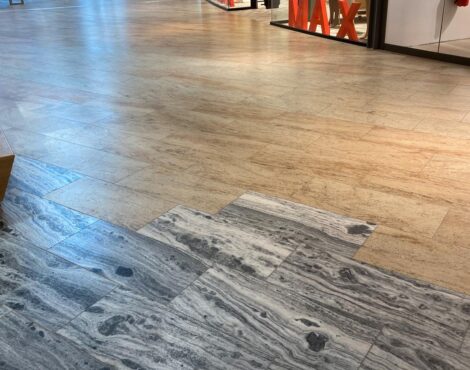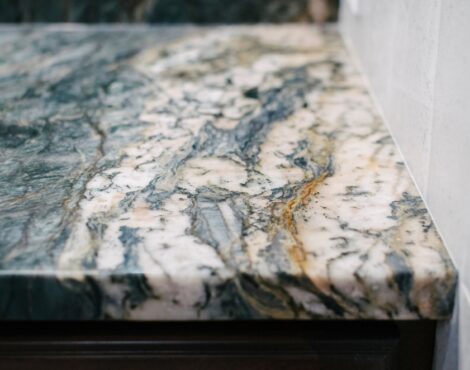Granite, renowned for its enduring charm and strength, plays a vital role in contemporary building projects. Whether enhancing countertops, flooring, or wall coverings, grasping the differences between granite slabs and tiles is essential for architects, designers, and homeowners. Let’s delve into the realm of building with granite, from its extraction to installation, and uncover how slabs and tiles are uniquely applied to craft remarkable architectural designs.
What is Granite and why It Is Desirable
Granite is a type of igneous rock that is formed from the slow crystallization of magma deep beneath the Earth’s surface. It is primarily composed of quartz, feldspar, and mica, along with other minerals such as amphiboles and pyroxenes. The exact mineral composition of granite can vary, resulting in a wide range of colours, textures, and patterns.
Granite is known for its durability, hardness, and resistance to scratching and heat, making it a popular choice for various construction and decorative applications. It is commonly used as a building material for countertops, flooring, wall cladding, monuments, and outdoor paving due to its strength and natural beauty.
Granite is found in abundance throughout the Earth’s crust and is quarried in many countries around the world. Different regions produce granite with unique colours and patterns, leading to a diverse array of options for architectural and design projects.
What is Granite Tile?
Granite tiles are crafted from natural granite stone, and meticulously cut into tile-sized dimensions, with options available in standard or customized sizes to suit specific project requirements. These tiles are preferred for their convenience in handling, transportation, installation, and time-saving attributes. Offering a diverse array of colours and patterns, granite tiles provide versatility in design choices while ensuring durability, resistance to scratches and heat, and ease of maintenance. As a cost-effective alternative to full granite slabs, they offer flexibility in installation patterns and designs. Granite tiles are a reliable option for creating sophisticated and enduring surfaces in both residential and commercial settings.
What is a Granite Slab?
Granite slabs offer a premium choice compared to granite tiles, providing large pieces of natural granite stone tailored for architectural and design needs. Quarried in substantial blocks, these slabs are then cut into individual pieces, often measuring several feet in length and width. This extensive surface area delivers a seamless and opulent appearance, making granite slabs perfect for upscale applications like countertops, tabletops, and vanities. Despite requiring more labour-intensive installation than tiles, granite slabs share similar durability and resistance to scratches, heat, and stains. Their versatility shines through various options for edge profiles, surface finishes, and seam placement, allowing for customized designs to match specific aesthetic preferences.
Granite, a staple material in modern construction, undergoes a fascinating transformation from raw blocks to finished slabs or tiles. The granite manufacturing process involves extracting raw granite from quarries in the form of blocks and then cutting it into various shapes using large diamond saws. Once cut, the granite pieces undergo processing to achieve a smooth and desired finish.
Differences Between Granite Slabs and Tiles in Building Construction
When it comes to granite, understanding the differences between slabs and tiles is essential as they differ in several aspects, including size, thickness, installation, appearance, and properties. Here’s a breakdown:
Grantie Size and Thickness:
- Slabs: Typically large, heavy, and dense, with lengths ranging from 7 to 9 feet and a thickness of 2 & 3 cm, making them suitable for countertops, outdoor paving, and other large surfaces in building construction
- Tiles: Lighter, thinner, and smaller in size, usually available in standard sizes of 12×12 inches, 18×18 inches, or 24×24 inches. These smaller dimensions make them easier to handle and cut, allowing for more intricate designs and patterns. The thickness of granite tiles is typically around 1 centimeter, making them lighter and more versatile for various installations.
READ | Granite Slab Size – Standard & Custom Size | Finding the Right Fit for Your Project

Installation – Granite Slab Vs. Granite Tile
- Slabs: Installed as a single piece without visible seam lines, making them ideal for creating streamlined designs.
- Tiles: Tiles, on the other hand, are installed in a grid pattern, with grout lines between each tile.
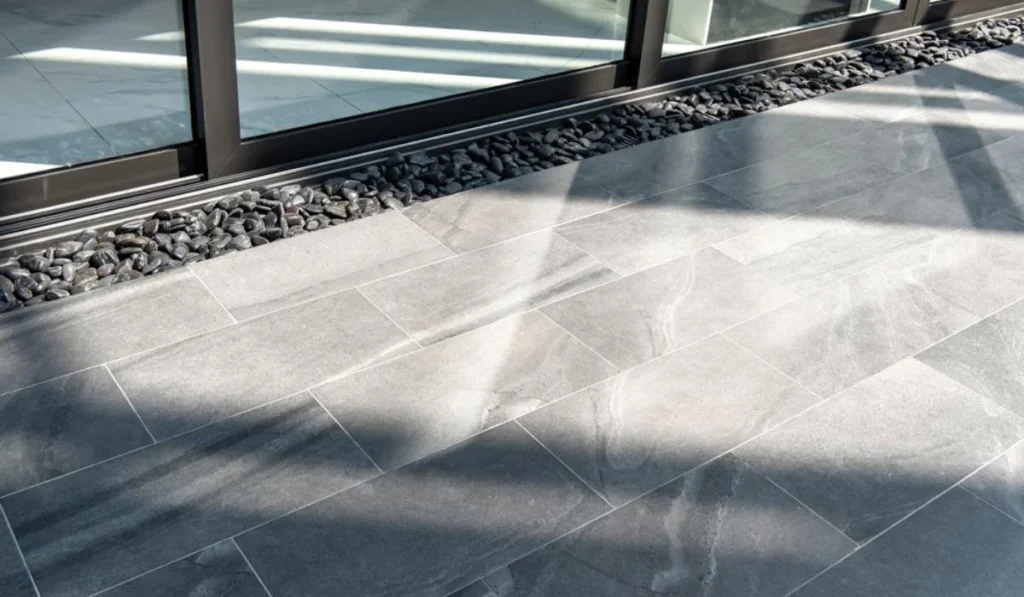
Appearance Difference in Granite Tile Vs Granite Slab
- Slabs: Offer a seamless and uninterrupted appearance due to their single-piece construction. Slabs showcase the natural beauty of granite, with its unique patterns and colors
- Tiles: Tiles, on the other hand, may have a more uniform appearance due to the smaller size of each piece. Tiles can also be use to highlighted like jigsaw pieces or have barely noticeable lines depending on preference, and come in a greater variety of hues due to their smaller size.
Maintenance:
- Slabs: Require minimal maintenance and do not need grout care.
- Tiles: Require grout care and maintenance to ensure longevity and resistance to stains.
Properties of Granite Tiles and Slabs
Both slabs and tiles share similar properties, such as durability, heat resistance, and scratch resistance. However, due to their larger size, slabs may have fewer seams compared to tiles, making them more visually appealing for certain applications.
Understanding the differences between granite slabs and tiles is essential for selecting the most suitable option for building construction projects.
Applications of Granite Slabs and Tiles
Granite slabs and tiles have a wide range of applications in construction projects. Some of the most common uses include countertops, flooring, and wall cladding.
1. Countertops:
– Slabs: Perfect for creating seamless and uninterrupted countertops with a luxurious appearance.
– Tiles: Offer a unique design opportunity with the ability to emphasize or de-emphasize seam lines for a customized look.
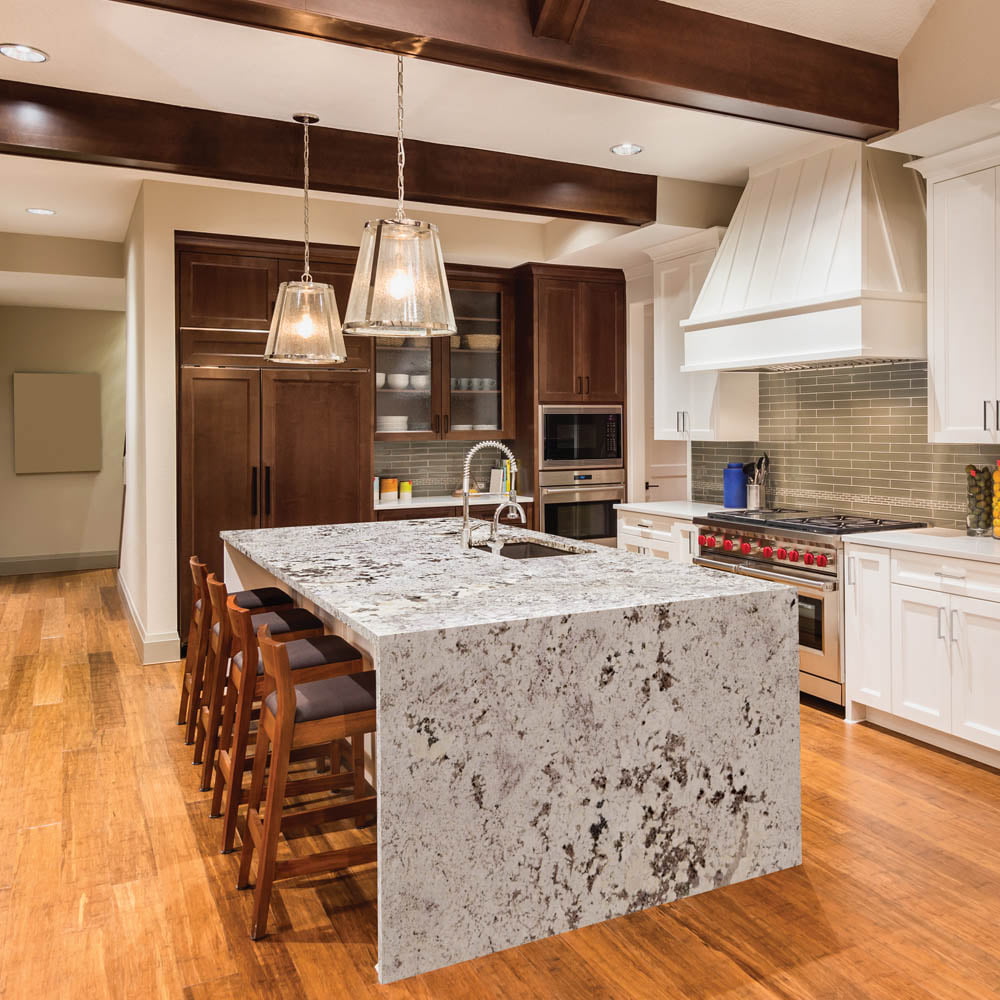
2. Flooring:
– Slabs: Ideal for large outdoor paving surfaces due to their durability and ability to cover extensive areas seamlessly.
– Tiles: Well-suited for interior flooring, including staircases, providing versatility and ease of installation.
READ | Why Granite Flooring? Properties, Benefits, and Maintenance Insights
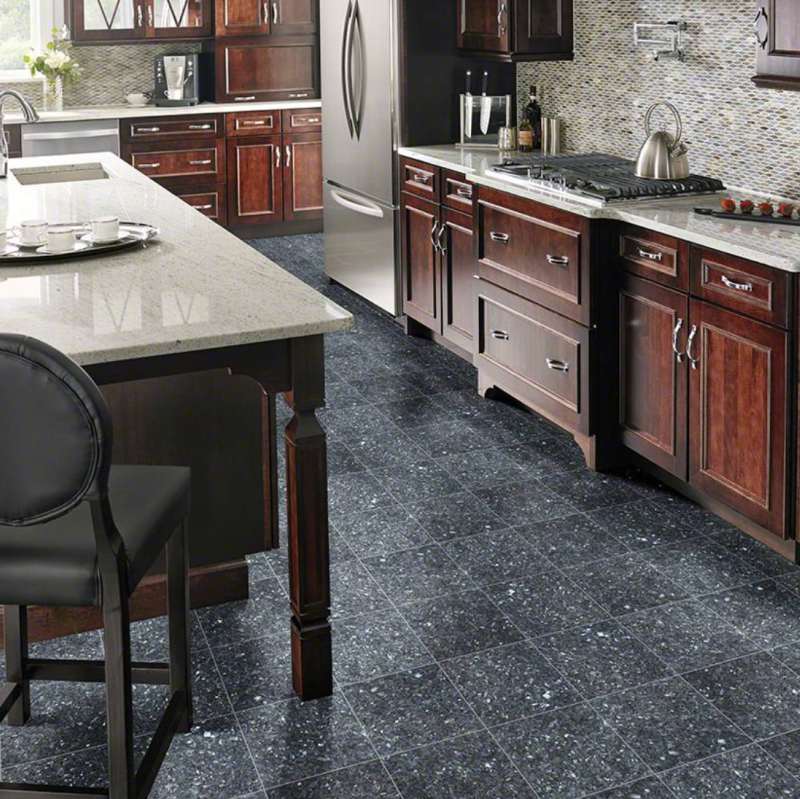
3. Wall Cladding:
– Slabs: Suitable for external wall cladding, offering durability and a uniform appearance.
– Tiles: Perfect for backsplash tiles in kitchens and bathrooms or interior wall covering, allowing for various design options and patterns.
READ | Granite Wall: From Shower to Exterior Walls, Find Out Why
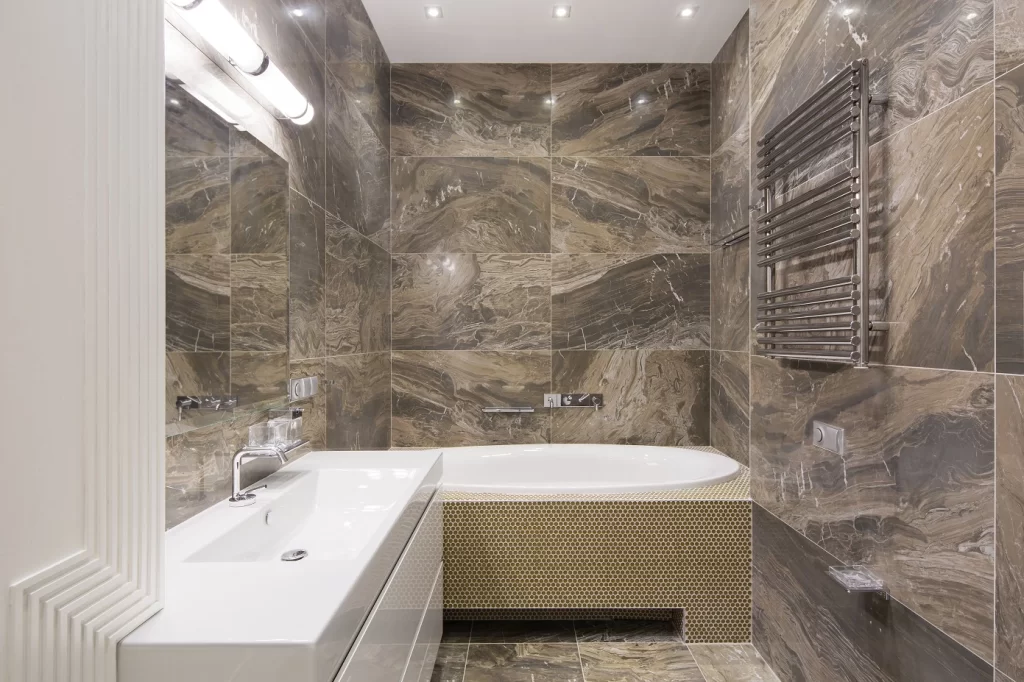
4. Outdoor Applications:
– Slabs: Used for balcony flooring and other outdoor paving surfaces due to their durability and resistance to weather elements.
– Tiles: Can be utilized for outdoor pathways or patio areas, offering flexibility in design and installation.
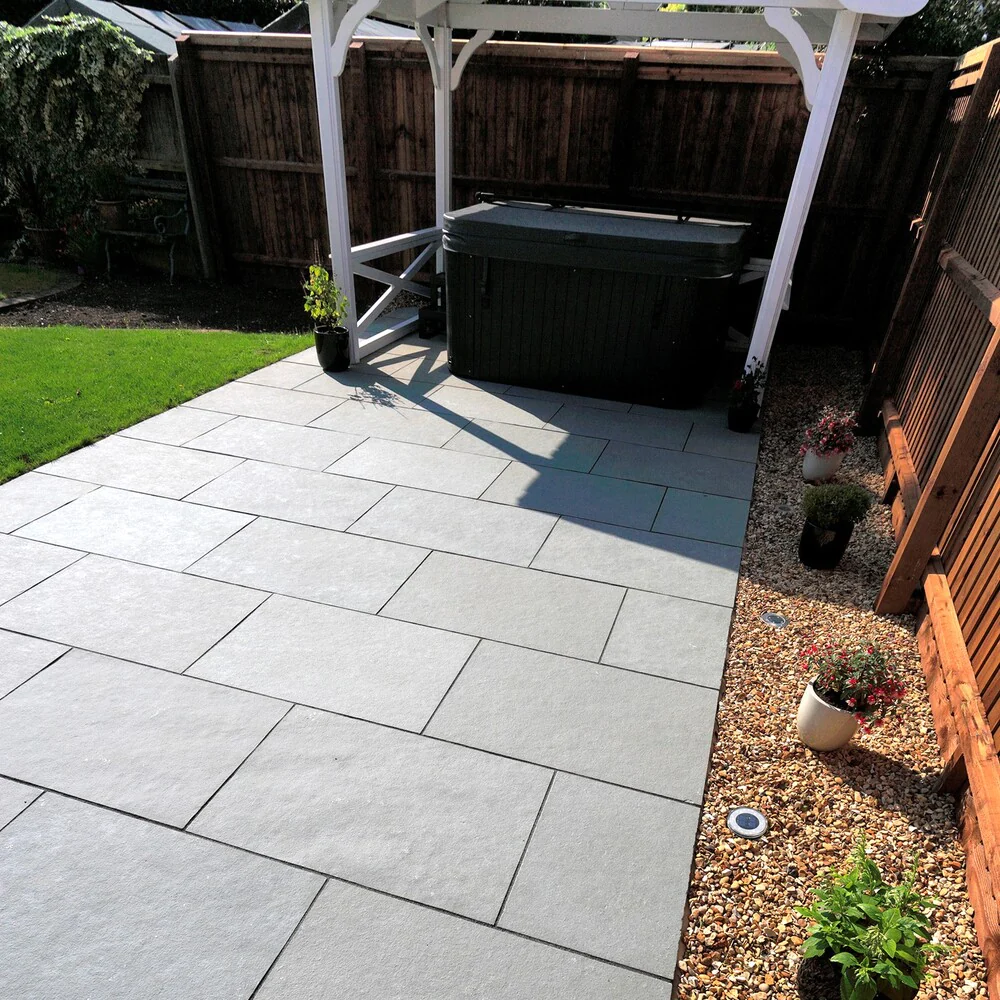
5. Custom Projects:
– Slabs: Ideal for custom projects such as window sills, monuments, steps, and treads, providing a cohesive and seamless look.
– Tiles: Suitable for creating intricate designs or patterns, offering versatility and customization options.
READ | Custom Cut Granite: Stair Tiles for Staircase
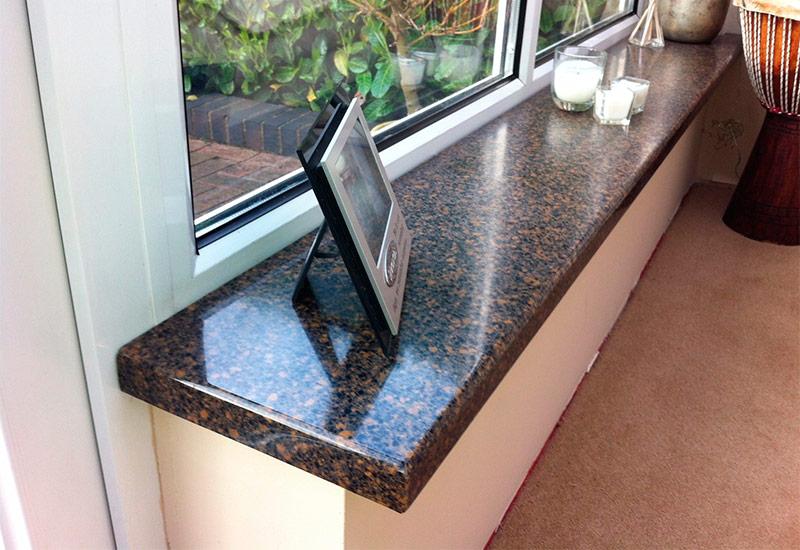
Determining whether granite slabs or granite tiles are better depends on various factors such as the specific project requirements, budget, aesthetic preferences, and practical considerations. Both options have their own set of advantages and limitations.
Granite slabs are generally considered a premium choice due to their seamless and expansive surface area, which lends a luxurious look to any space. They are ideal for high-end applications like countertops, tabletops, and vanities, offering unmatched visual impact and versatility in design. However, granite slabs tend to be more expensive than tiles and may require professional installation due to their larger size and weight.
On the other hand, granite tiles are a more cost-effective alternative to slabs, providing flexibility in installation patterns and designs. They are easier to handle, transport, and install, making them suitable for DIY projects or areas with budget constraints. While tiles may lack the seamless appearance of slabs, they offer a wide range of colours, patterns, and sizes to suit various design preferences.
Ultimately, the choice between granite slabs and tiles boils down to individual needs and priorities. If seamless elegance and customization are paramount, granite slabs may be the preferred option. However, if cost-effectiveness and ease of installation are more important, granite tiles may be the better choice. It’s essential to weigh the pros and cons of each option and consider factors such as budget, design goals, and practical considerations before making a decision.
Conclusion
In conclusion, while both granite slabs and tiles have their unique applications, understanding their differences allows for informed decision-making in selecting the most suitable option for specific projects. Whether it’s creating seamless countertops, durable flooring, or custom projects, granite slabs and tiles offer versatility and functionality in modern construction.

